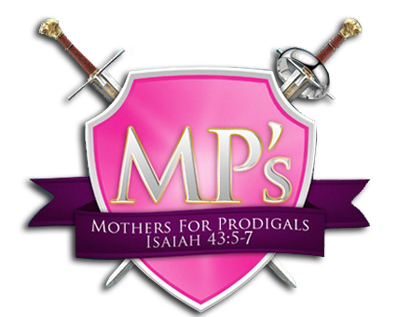JJ
We left our seats and gathered in the center aisle. One by one, with piety and purpose, we moved forward to the communion table, ladened with sins and burdens, visible only to God. Would Jesus’ message, spoken to us through the words of the pastor, remain in our hearts and minds, not only on Sunday, but for the rest of the week?
With repentance and bold humility, God’s sinful people seek His forgiveness and reconciliation through the sacrifice of Jesus, God’s beloved and righteous Son. The exchange happened at the cross as Jesus Christ took upon Himself our unrighteousness while offering us His righteousness. The same substitution occurs today when we repent and confess our sins to God through Jesus who lavishes us with loving forgiveness and gracious mercy. Oh the grace—God’s riches at Christ’s expense—of God that frees us from our personal prisons of transgressions.
I approached the table, offering my sinful self to my Savior. The server gave me a piece of bread saying, “The body of Christ broken for you.” With my right hand I grasped the bread and placed my cupped left hand underneath. As I dipped the bread in the cup of wine, a second server’s words “the blood of Christ shed for you” pierced my ears. When I placed that bread, now Christ’s body, in my mouth, some of the wine, now Christ’s blood, splattered into the palm of my hand.
The spatter onto my hand ignited a burning within my soul. It’s as if I stood under the cross with Jesus impaled upon it while His blood dripped onto me. I consumed His blood soaked body, carried the wine droplet back to my seat, and sat down. While rubbing my hands together and wiping away the wine, an abrupt thought entered my mind. I have blood on my hands and yet, I know Jesus loves me.
Jesus loves me, even though my sins crucified Him. He stood in my place, carrying the weight of my wretched sin and shame to the cross. He hears my confession and says, “Daughter, you are forgiven. My righteousness covers you with mercy.”
I am humbled by one drop of blood and stand in awe of God’s salvation through Jesus Christ. He chose me to be His child, not because of my goodness, but because of His mercy.
Blanketed by His righteous and merciful grace, Jesus’ sacrifice covers my sin and yours as well. When we repent and believe in Jesus, we are saved. God sees us through Jesus’ righteousness. And Holy Spirit enables me to please God through obedience to His Living Word, Jesus Christ.
For God loved the world so much that he gave his only Son so that anyone who believes in him shall not perish but have eternal life. John 3:16 (TLB)
Thank you, Heavenly Father, for your love that established peace through the blood of the cross of your own Son, Jesus. What an offering of sacrificial devotion! I am forgiven and free. Uphold me, Lord God, with your righteous right hand forever. In the mighty name of Jesus, AMEN.
For in him all the fullness of God was pleased to dwell, and through him to reconcile to himself all things, whether on earth or in heaven, making peace by the blood of his cross. Colossians 1:19-20 (ESV)
S.D.G.
*JJ Jesu Juva (Jesus help) and S.D.G. Soli Deo Gloria (To God Alone Be Glory) — Johann Sebastian Bach wrote these letters on his pages before he began and when he ended composing his music. He gave God the glory after pleading for his help.




